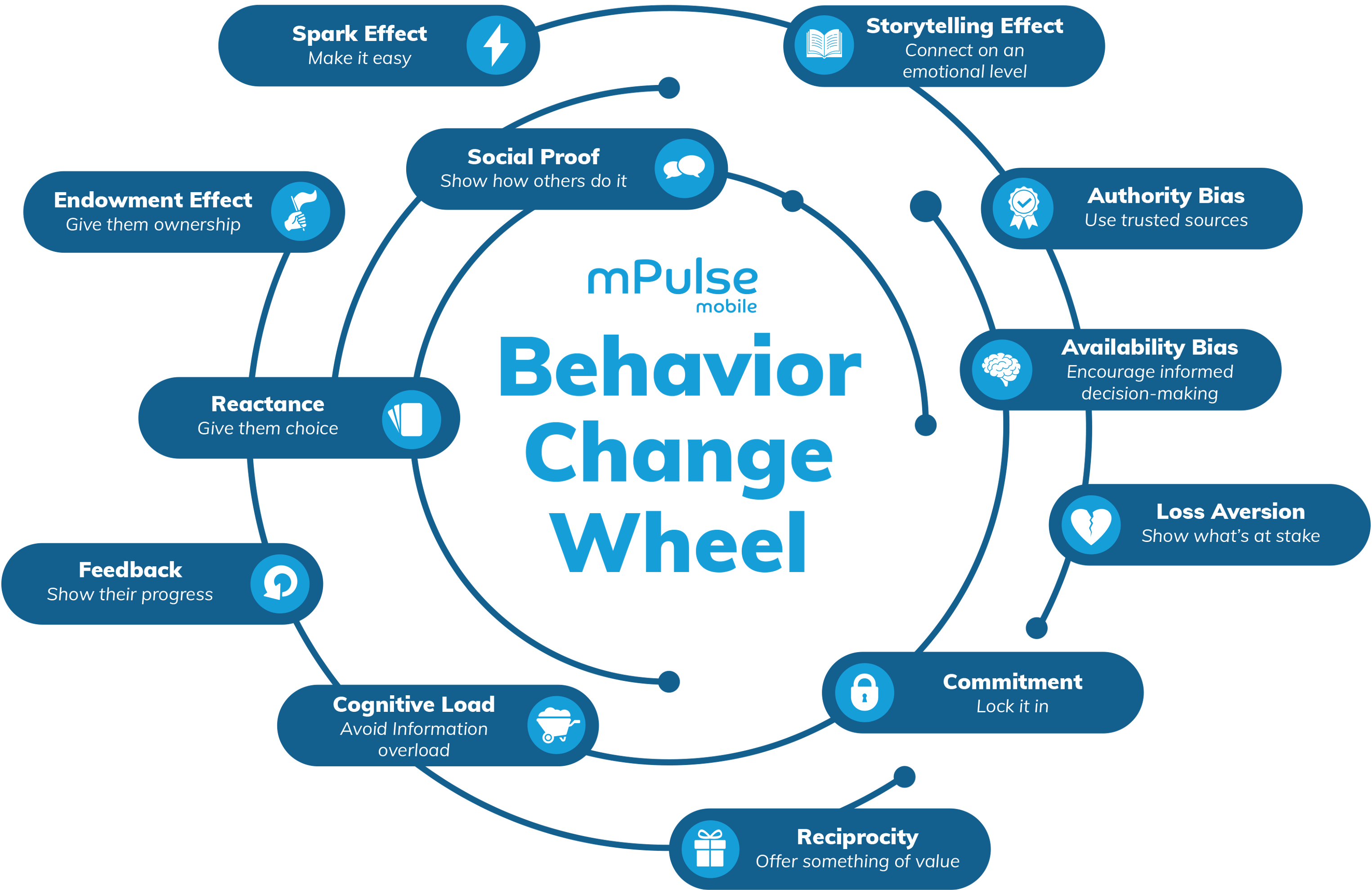Welcome, dear readers! Today, we will delve again into the captivating world of behavioral science and some of its applications in healthcare. By gaining insights into human behavior, we can effectively drive behavior change and create a seamless healthcare experience. Let’s delve into this fascinating subject!
Understanding Behavioral Science
Behavioral science is a discipline that investigates human behavior through observation and experimentation. It delves into various factors that influence our actions, including conscious thoughts, motivation, social influences, contextual effects, and habits. By comprehending these aspects, we gain a better understanding of why people behave the way they do.
To simplify the concept, behavioral change can be likened to launching a rocket. Just as a rocket requires increased fuel and reduced friction to propel forward, behavior change necessitates increased motivation and decreased barriers. By employing principles from behavioral science, we can identify the driving factors of behavior change and apply them effectively in healthcare settings.
mPulse has developed the Behavior Change Wheel, a comprehensive framework that combines best practices from behavioral science, user experience design, and instructional strategy. By utilizing behavior change techniques, mPulse engages diverse populations, promotes behavior change, and achieves positive health and business outcomes.

In today’s blog, we will focus on two significant concepts from the behavior change wheel: authority bias and reactance. Authority bias refers to the tendency of individuals to place more importance on the opinions of respected experts. Reactance, on the other hand, suggests that people are less likely to adopt a behavior when they feel coerced. Balancing these concepts is vital in effective healthcare communication.
Harnessing the Power of Authority Bias
Making decisions can be challenging, leading our minds to seek guidance from authority figures. This phenomenon is known as authority bias. Observational research demonstrates our strong inclination to comply with those in charge, as we place our trust in their expertise. The infamous Milgram Study, for example, showcased how individuals followed instructions from researchers despite witnessing distress in others.
Moreover, authority figures can influence our behavior through a simple change in attire. An experiment with New York pedestrians revealed a significant increase in the likelihood of offering financial assistance to a stranger when the requester wore a police officer’s uniform*. These examples emphasize the impact of authority bias on decision-making.
Applying Authority Bias in Healthcare
“When it comes to applying authority bias, we cannot ignore historical and structural inequities that have shifted the definition of authority in some communities. This means expanding the definition beyond healthcare providers and entities to include other leaders including community organizers, faith leaders, and other trusted leaders”
– SriVani Ganti, MSHC – Director of Health Equity.
In the healthcare domain, where uncertainty often prevails, authority bias plays a crucial role. Patients frequently encounter various uncertainties, ranging from scheduling appointments to managing their conditions. We can provide clarity and build trust with patients by alleviating uncertainty during these critical moments. Authority bias works effectively in situations where individuals are undecided, guiding them towards preferred options and fostering trust.
However, dear readers, it is essential to approach authority bias through the lens of health equity. Different types of authority figures, including medical institutions, community leaders, and faith leaders, can influence behavior change. It is key to understand the target audience and tailor messaging to resonate with their values and beliefs. Engaging with the community, gaining their trust, and upgrading messages to establish meaningful connections are vital steps.
mPulse’s Approach
mPulse recognizes the importance of authority bias and health equity in healthcare. In developing programs such as the maternal health program, mPulse actively involves pregnant people from diverse backgrounds to share their personal journeys. By creating meaningful connections between program members and relatable individuals, behavior change becomes more achievable.
Representation holds great significance in healthcare communication. When developing solutions, it is crucial to ensure that individuals can see themselves reflected in the stories and visuals. By featuring diverse perspectives and experiences, we foster a sense of connection and enhance engagement.
In Conclusion
The power of authority bias in healthcare communication should never be underestimated. By comprehending the intricacies of human behavior, leveraging appropriate authority figures, and tailoring messaging to diverse populations, we can drive behavior change, enhance patient experiences, and ultimately improve health outcomes. Let us embrace the potential of behavioral science and work towards creating a frictionless healthcare system that genuinely meets the needs of individuals.
Key Takeaways:
- Behavioral science is an essential tool for understanding and driving behavior change in healthcare.
- Authority bias, when utilized effectively, can provide clarity and build trust.
- Health equity must be considered when leveraging authority bias, tailoring messaging to diverse audiences and engaging with various authority figures.
- Representation plays a vital role in healthcare communication, necessitating the inclusion of diverse perspectives and stories.
- By combining behavioral science principles with a focus on health equity, we can foster positive health outcomes.
*Bickman, L. (1974). The social power of a uniform. Journal of Applied Social Psychology 4, 47-61.





